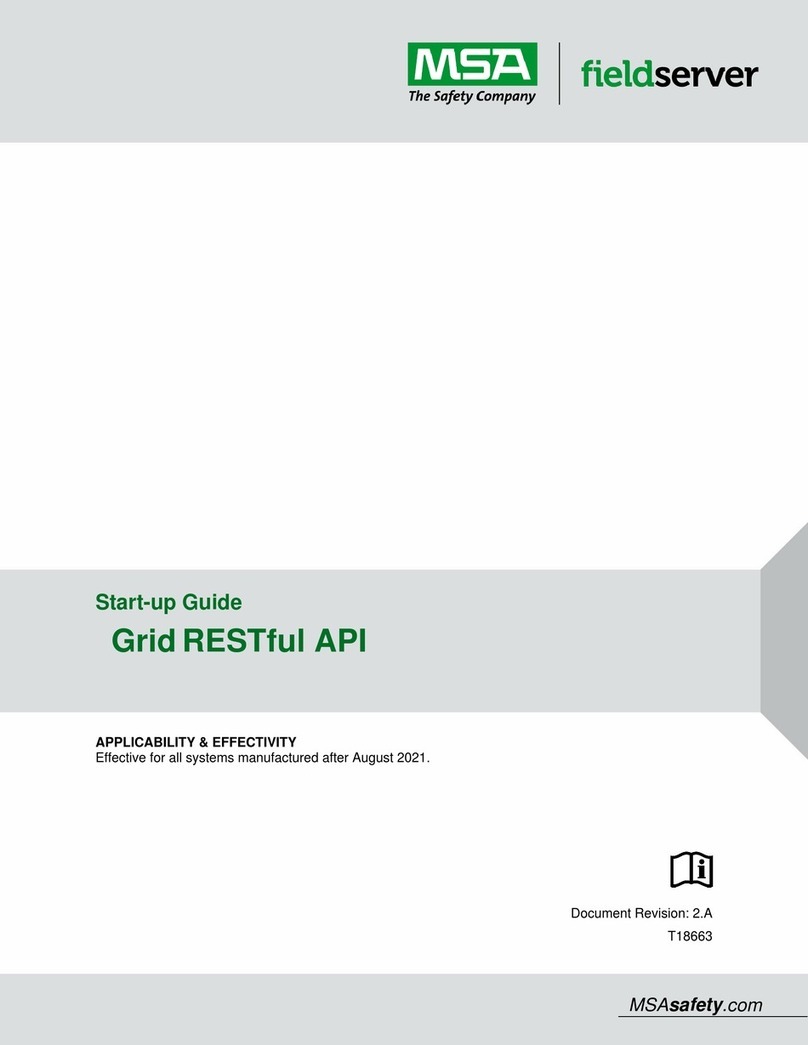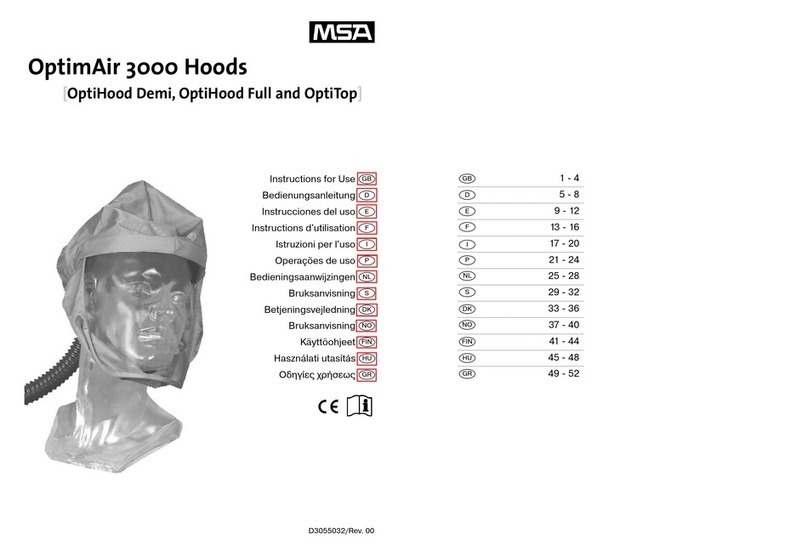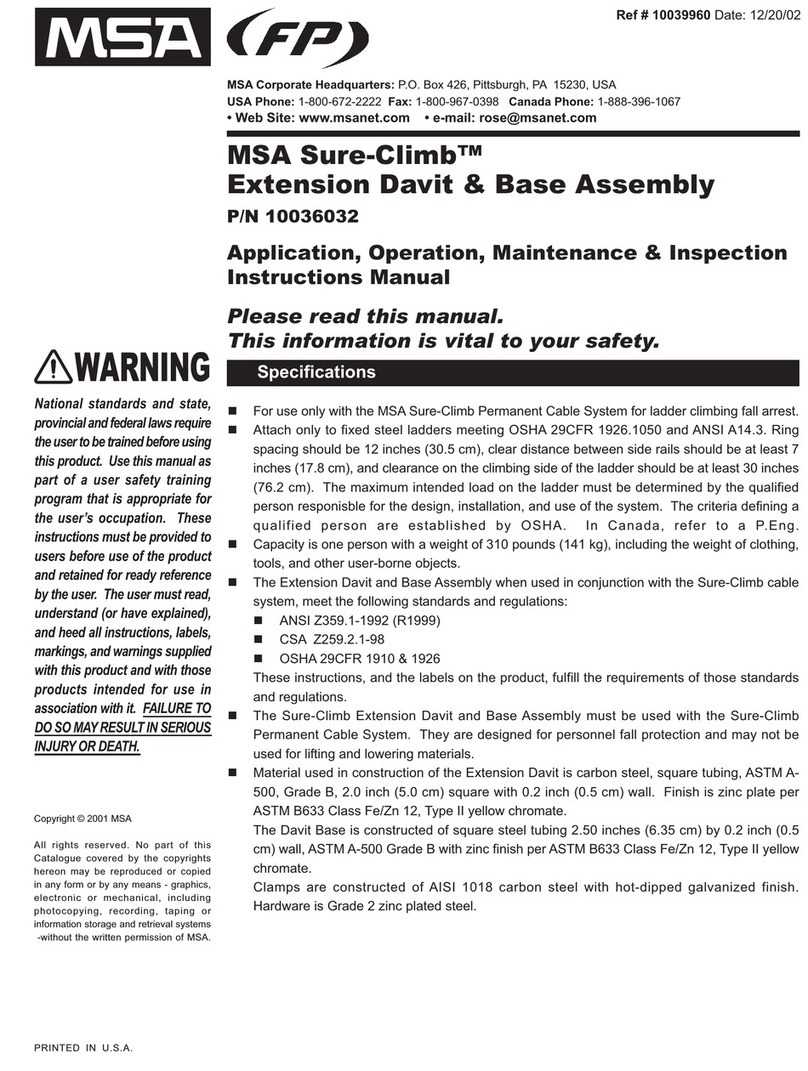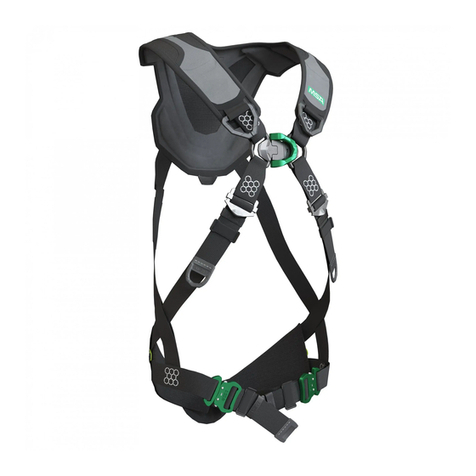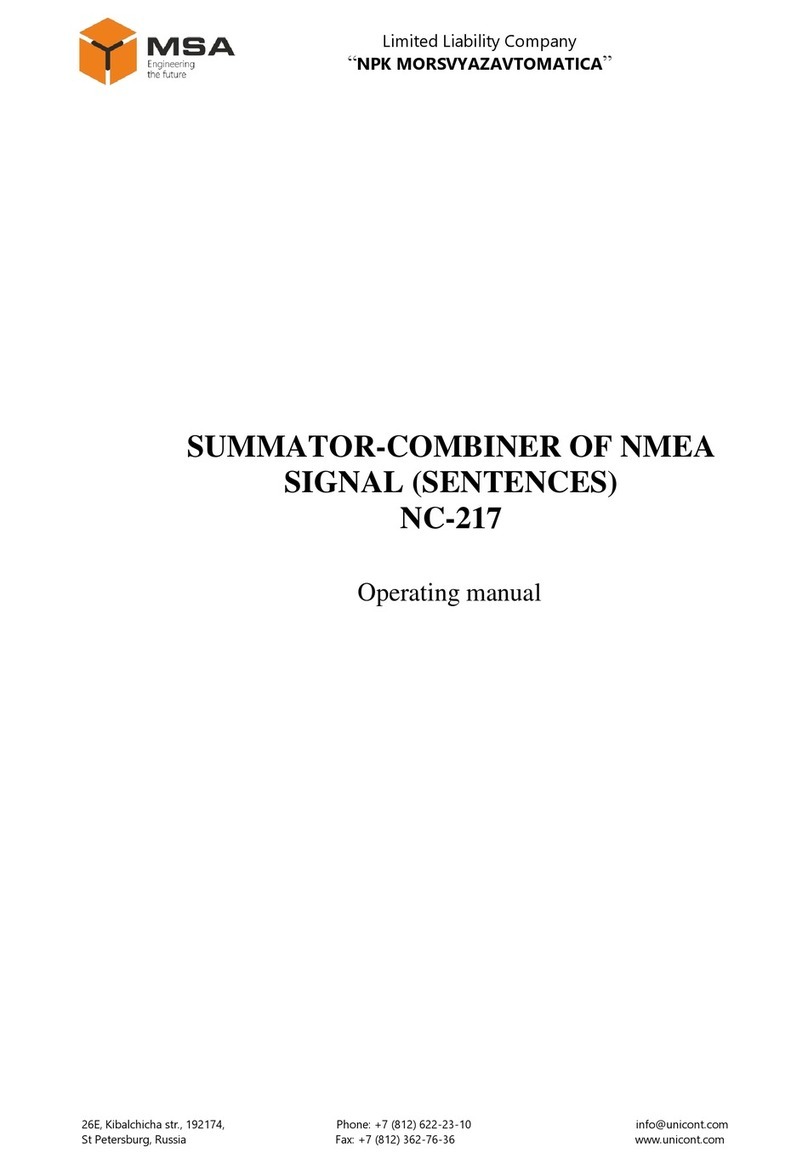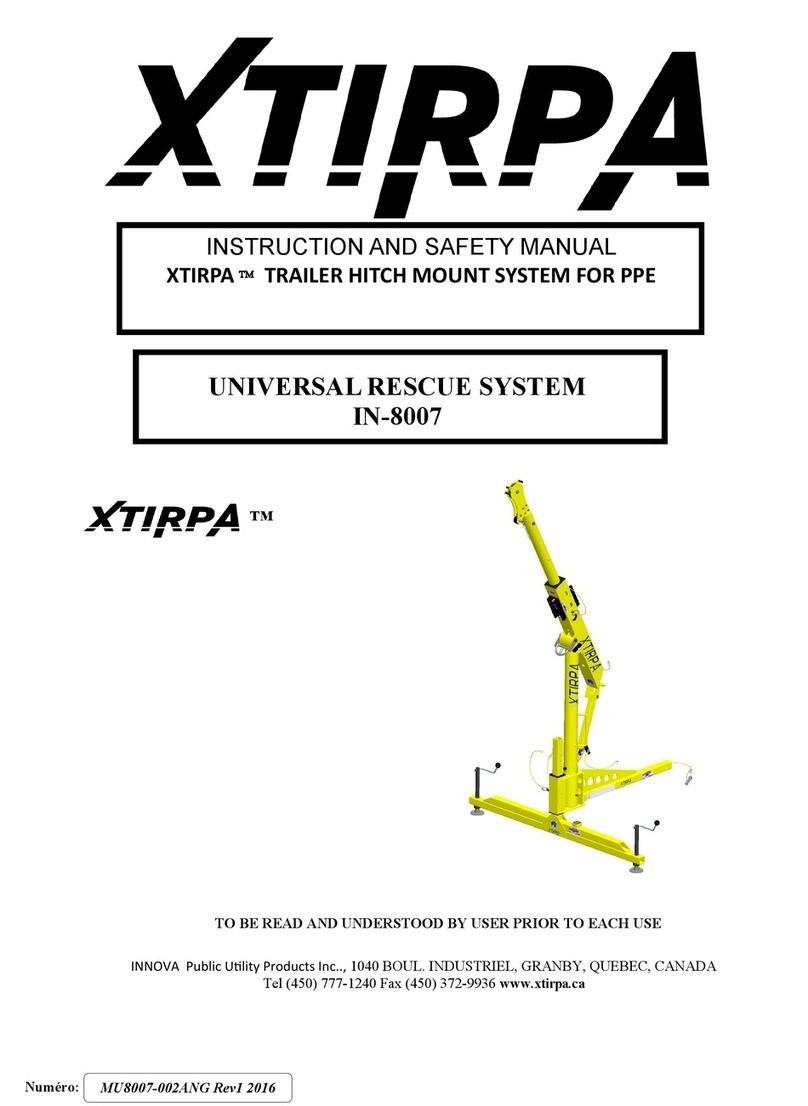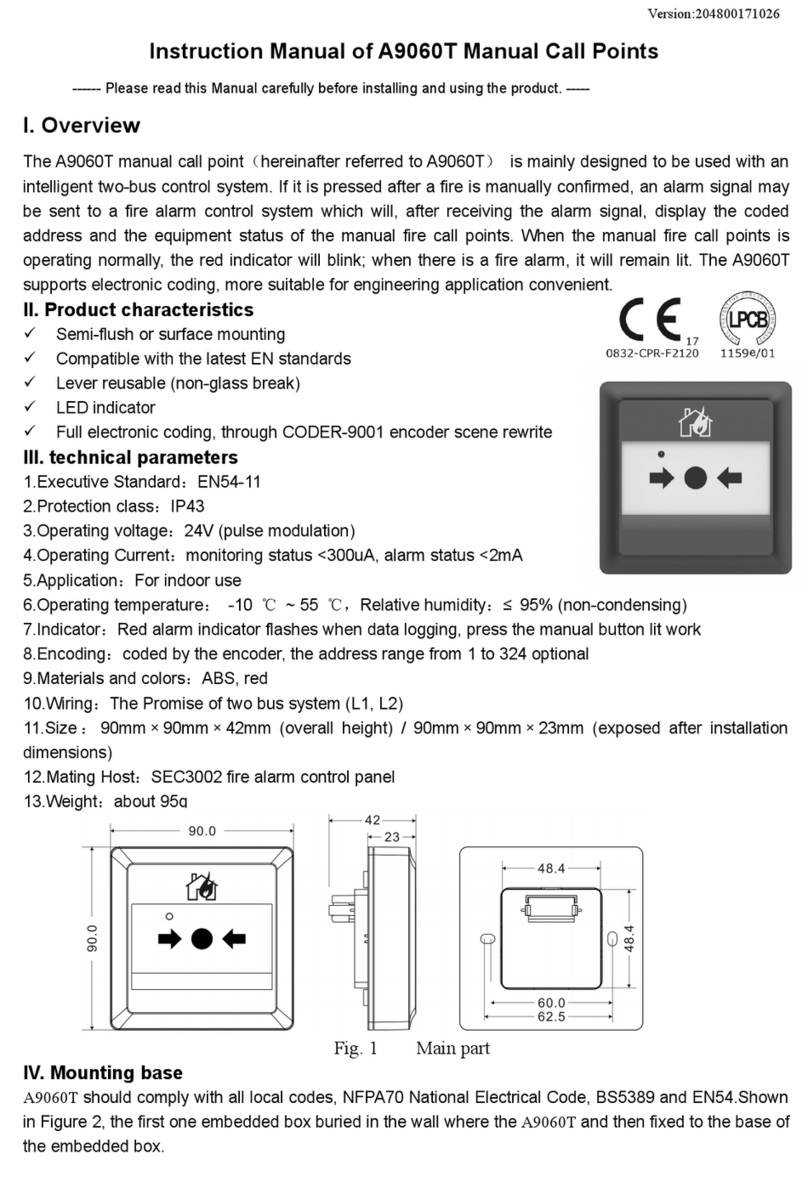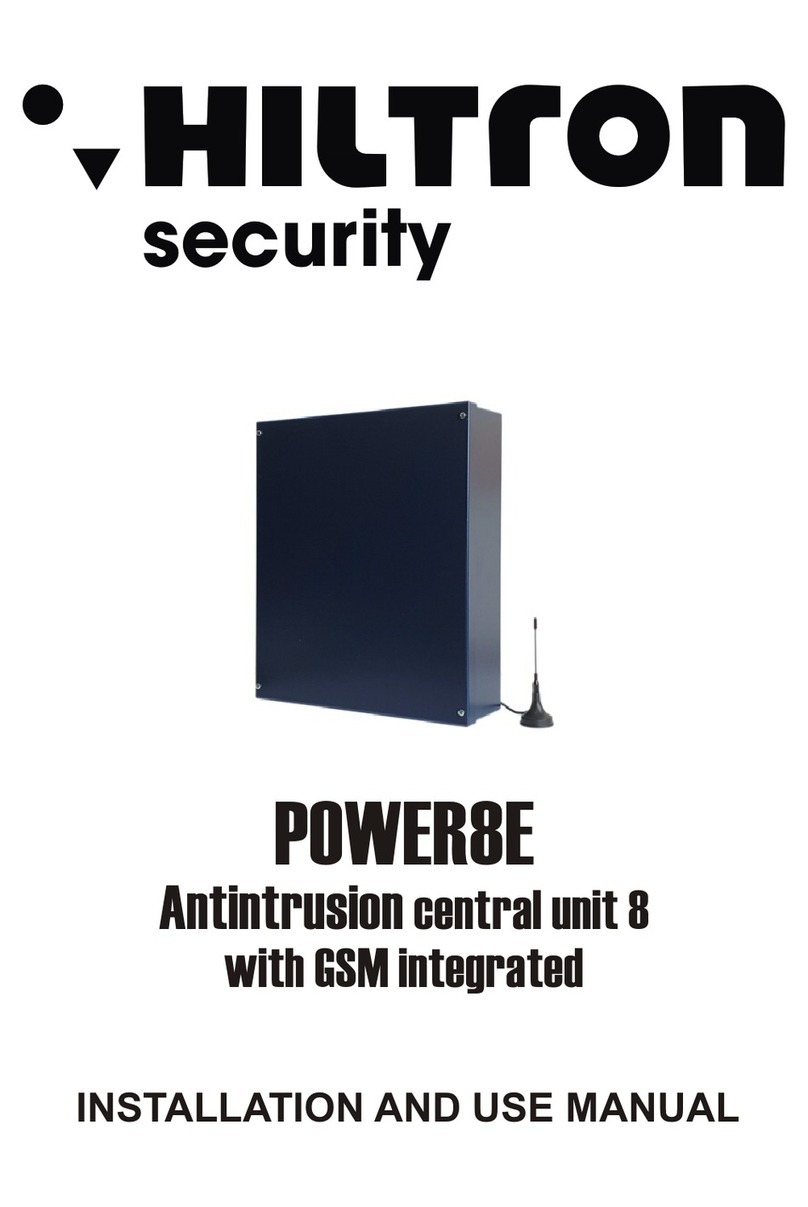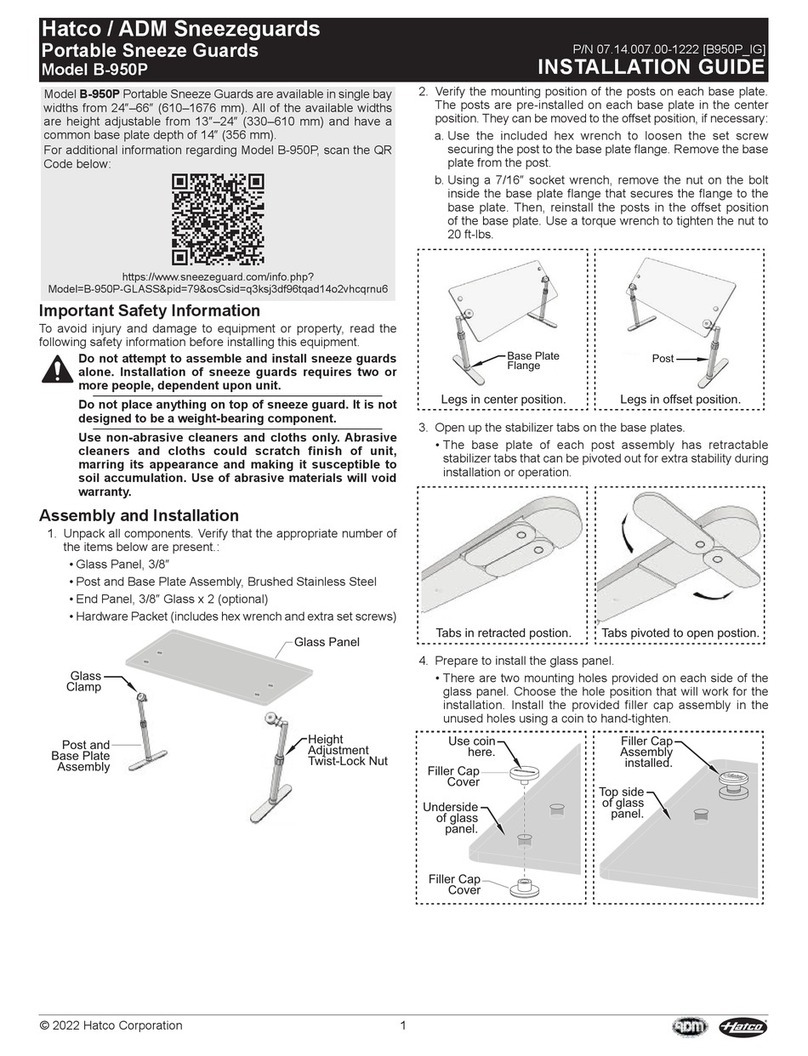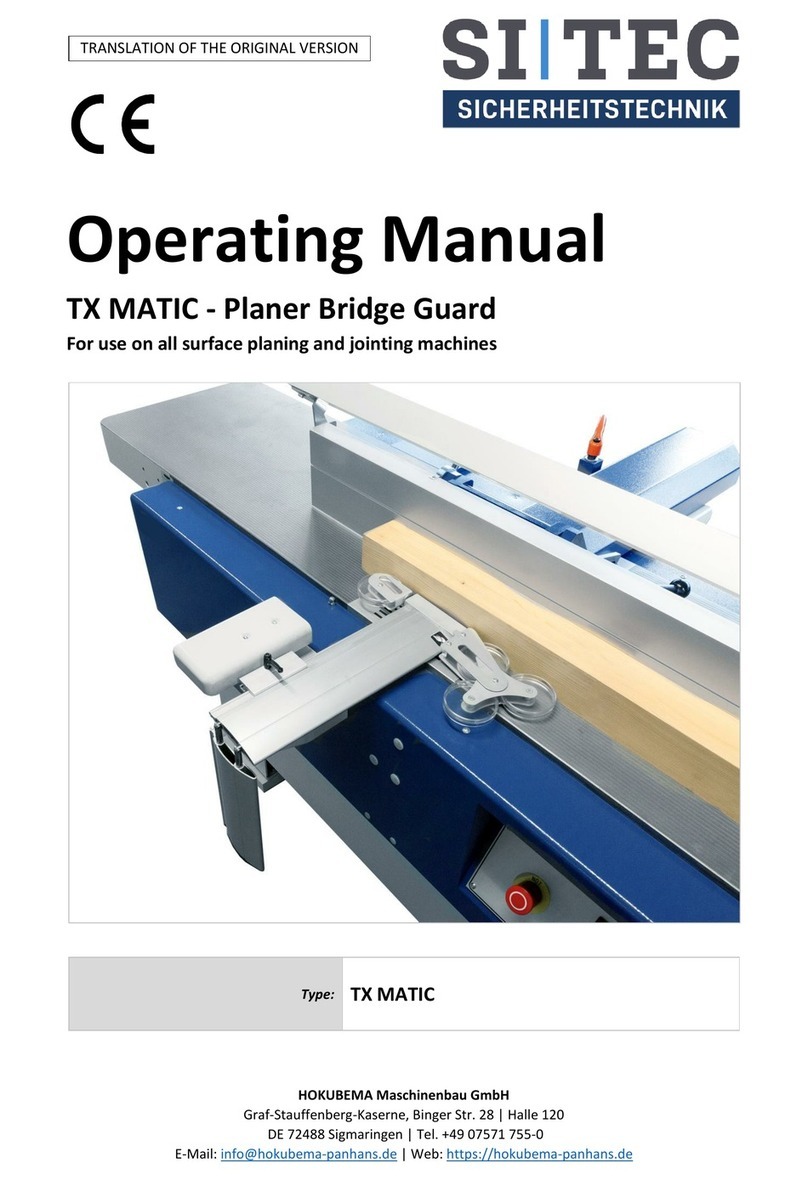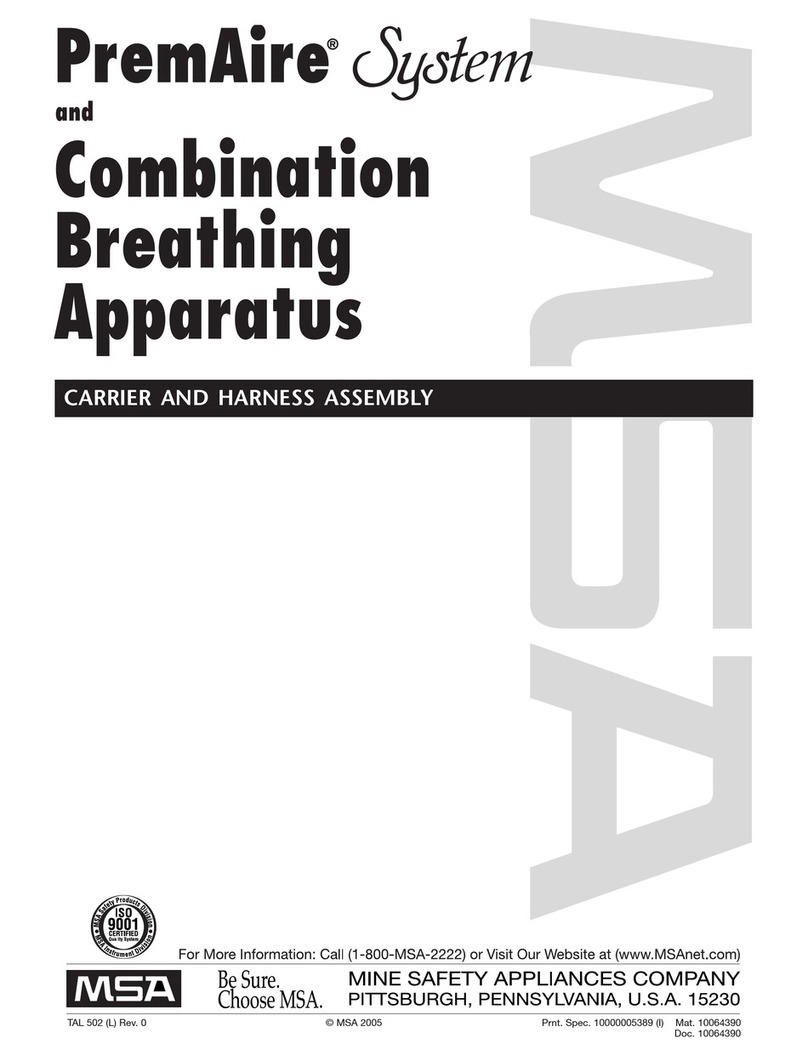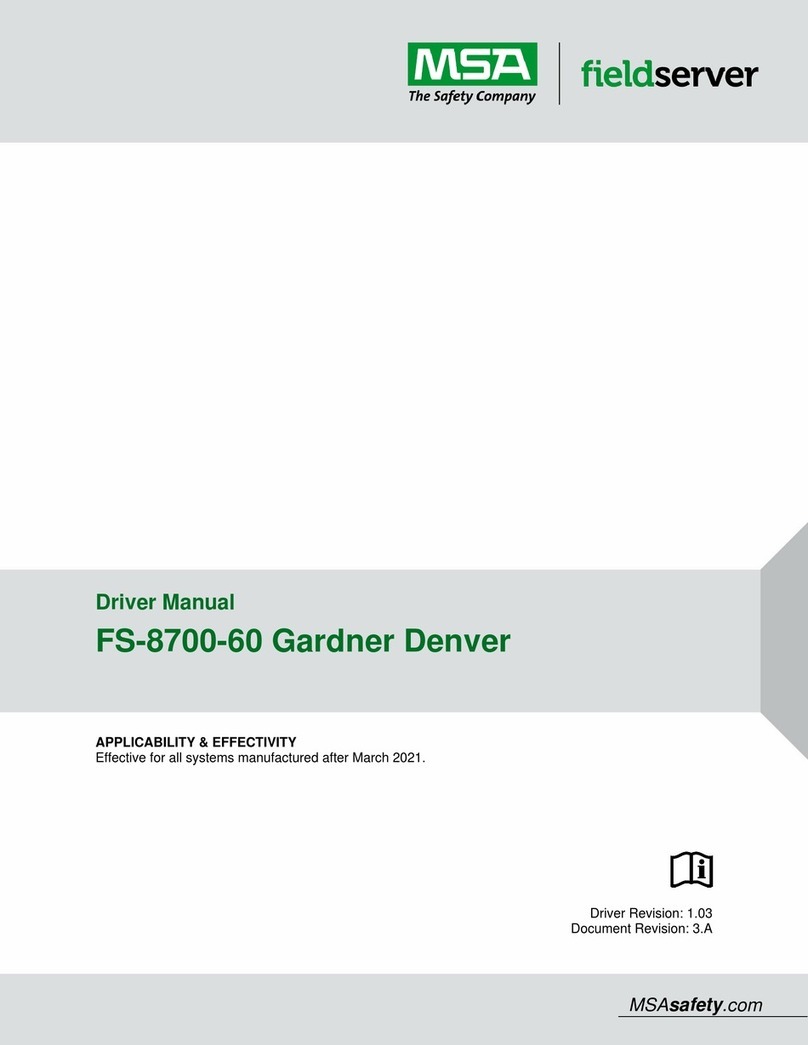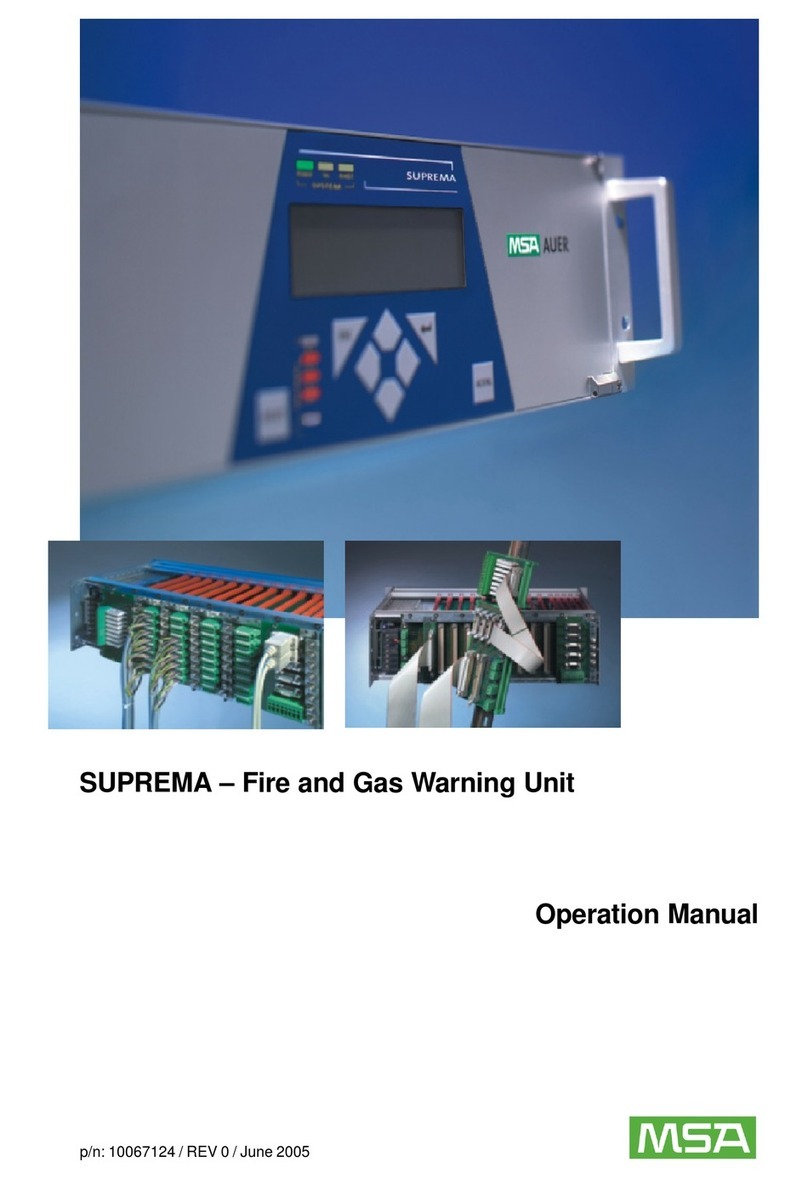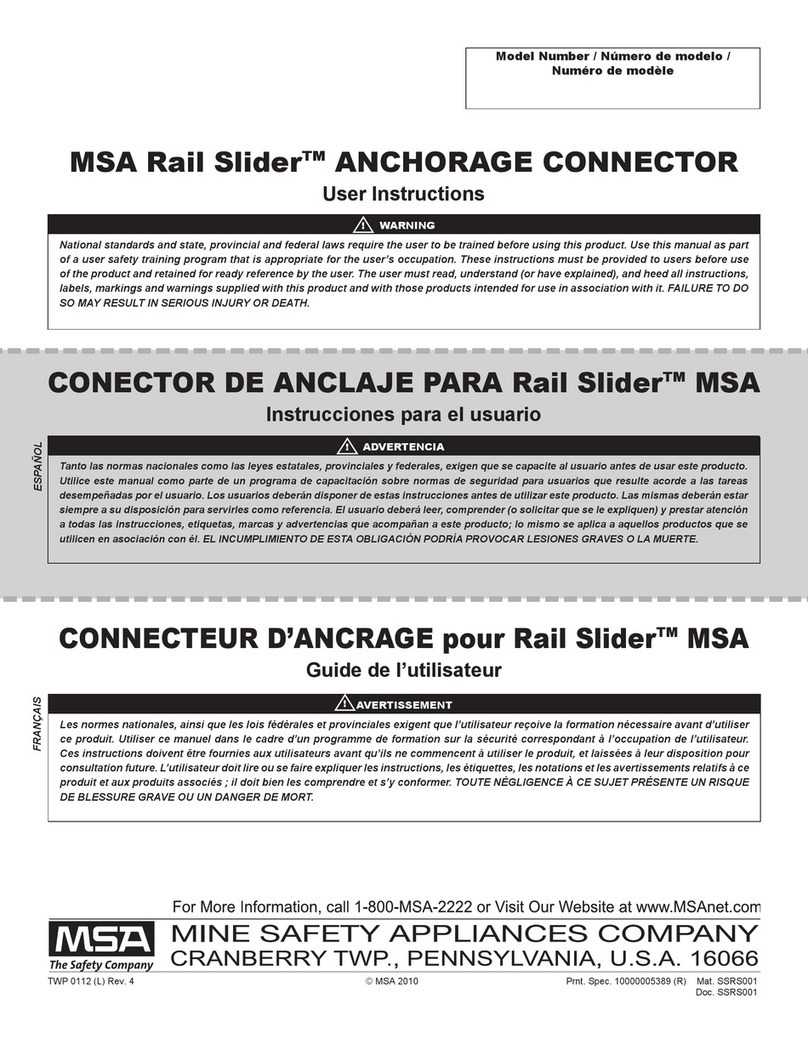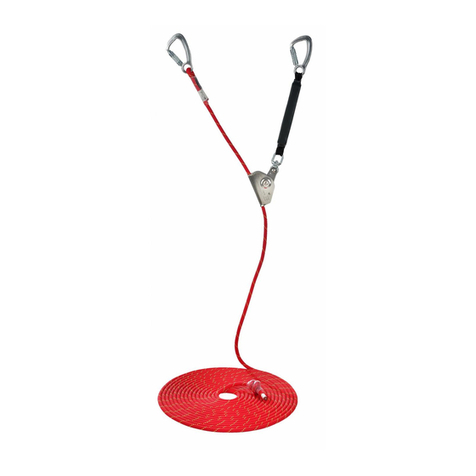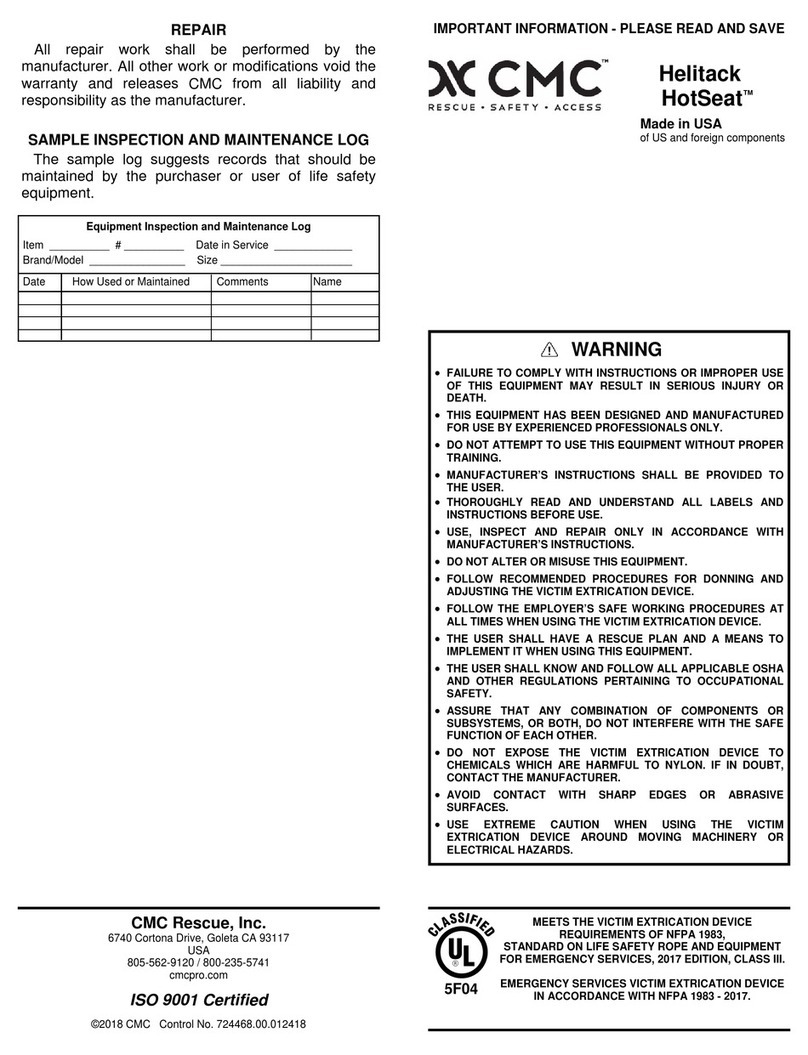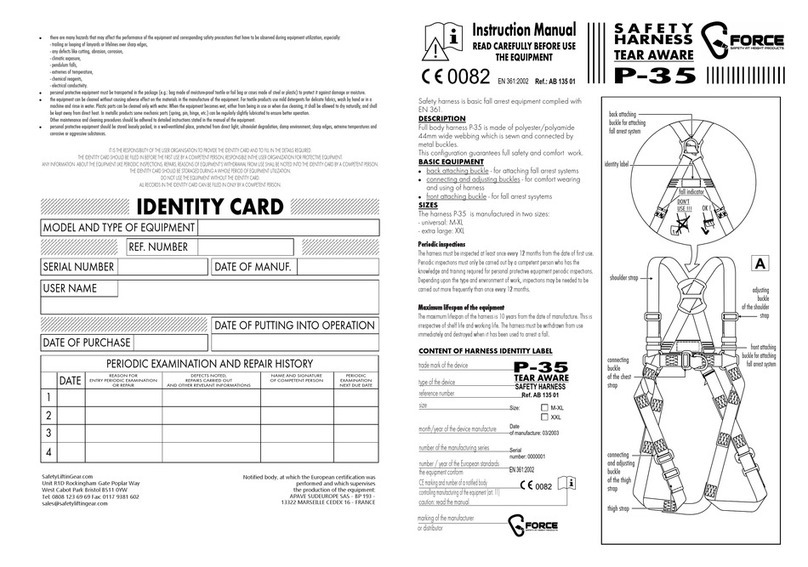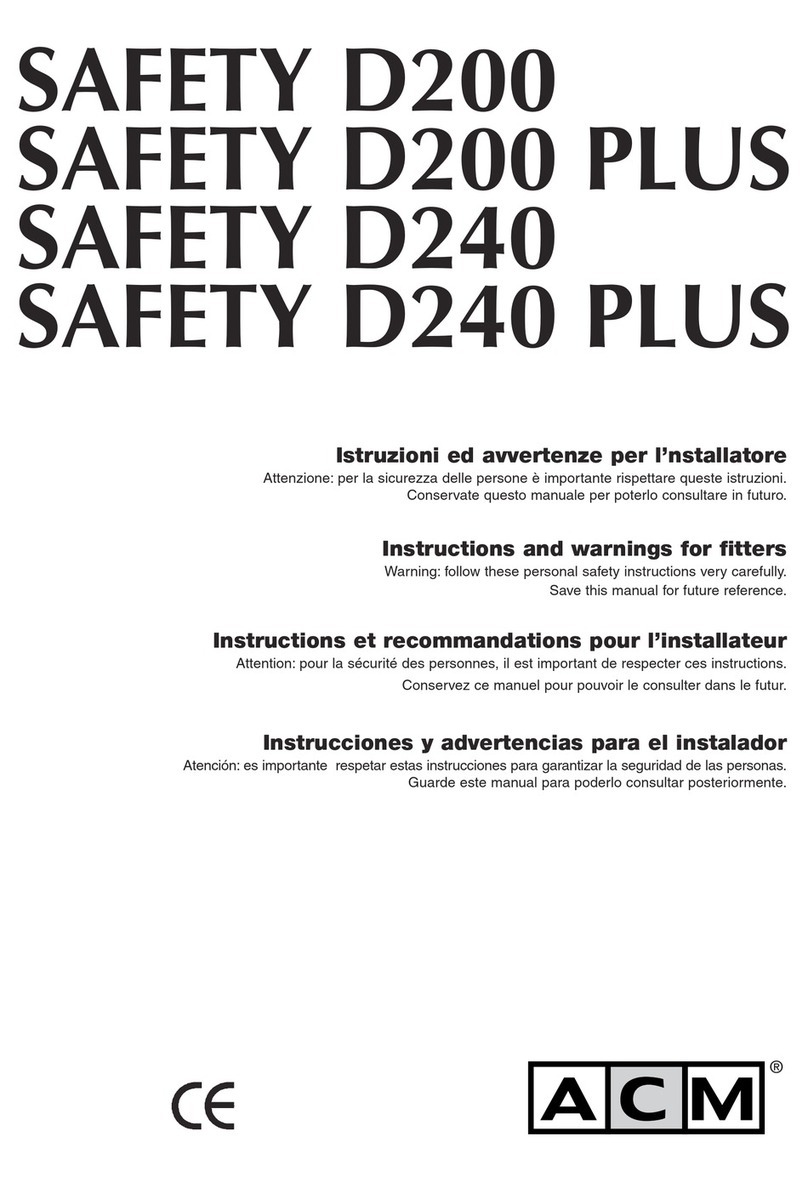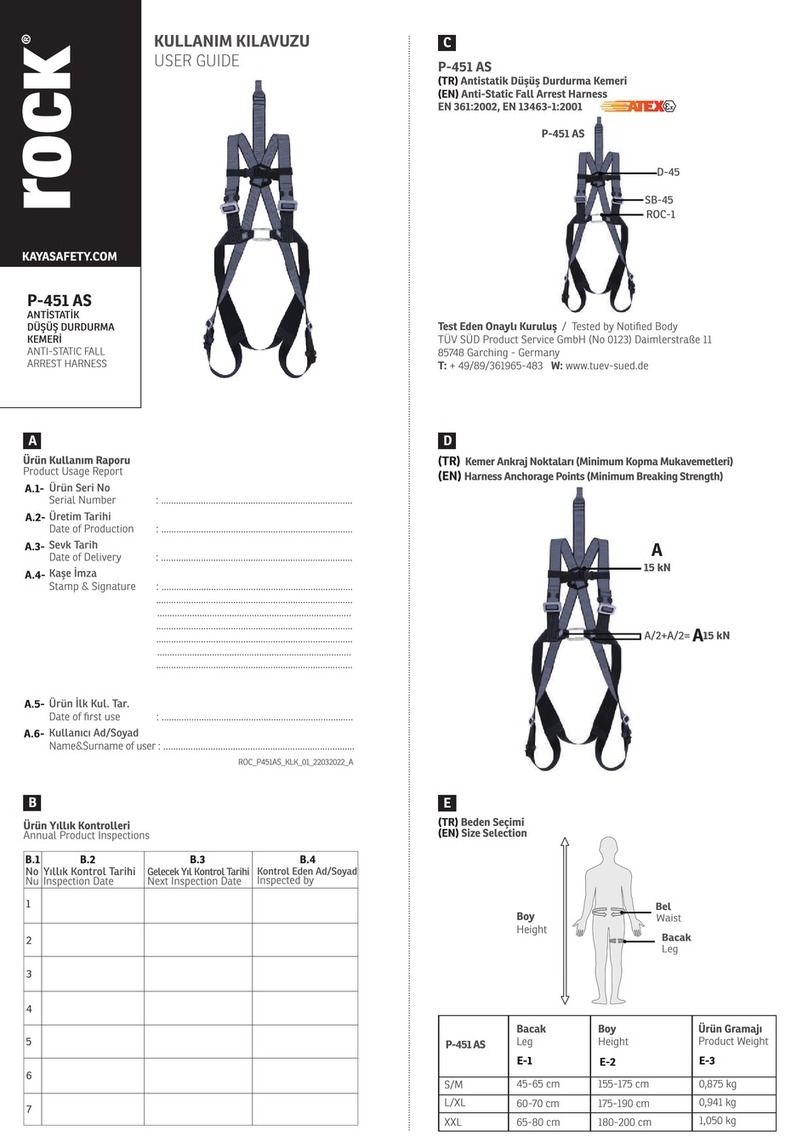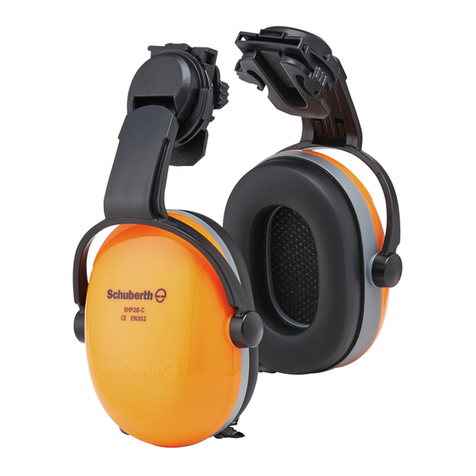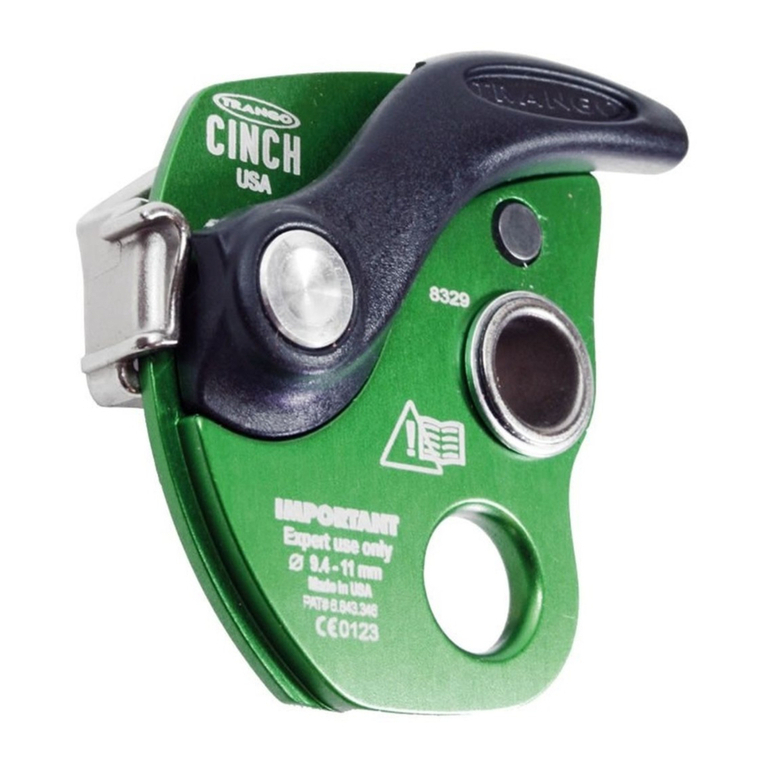
DESCRIPTION
OPERATING PRINCIPLES
The PremAire Cadet Escape Respirator is a combination
supplied-air respirator with self-contained breathing appa-
ratus (SCBA) for escape.
The PremAire Cadet Escape Respirator utilizes a pres-
sure-demand regulator mounted at the facepiece. This
mask mounted regulator (MMR) maintains a slight positive
pressure within the facepiece while regulating and reduc-
ing the air supply to a breathable pressure. This is accom-
plished by using a diaphragm that senses the breathing
demands of the user in a controlled feedback state. The
positive pressure of air inside the facepiece, whether the
wearer is inhaling or exhaling, is to prevent contaminants
from entering the facepiece, should there be slight face-
to-facepiece seal leakage.
The respirator is suitable for use with a large, compressed
air cylinder of breathable air or a bank of cylinders set up
in cascade fashion. Alternatively, the PremAire Cadet
Escape Respirator can be used with a compressor system
designed and configured to supply respirable breathing air
to the respirator, within the NIOSH approved pressure
range.
In normal use, the PremAire Cadet Escape Respirator is
connected to an air supply of a type and duration select-
ed by the user and will provide respiratory protection as
long as the user remains connected to the air supply. The
respirator allows the wearer to work within the limits of the
approved air-supply hose. The escape cylinder is not to
be used for entry. The escape cylinder should not be used
to switch from one airline to another. However, should the
primary air supply fail or be interrupted, the emergency-
escape cylinder enables the wearer to egress from the
potentially IDLH atmosphere.
CYLINDER AND VALVE ASSEMBLY
The cylinder and valve assembly consists of a cylinder
and a combination cylinder valve and first stage regulator
valve. The cylinders are available in 5, 10, and 15 minute
rated service time durations. The cylinders are available in
aluminum or carbon fiber material options.
The valve assembly includes a handwheel to open and
close the cylinder air supply, a recessed/protected pres-
sure gauge to measure cylinder contents, a cylinder fill
port with check valve to pressurize the cylinder, a high
pressure relief device to protect the cylinder from over-
pressurization, an intermediate pressure relief valve to
protect the second stage regulator from over-pressuriza-
tion, and a first stage regulator valve to reduce cylinder
pressure to a suitable intermediate pressure. The first
stage regulator valve incorporates a downstream design
and dual springs to provide maximum reliability.
ATTACHMENT HOSE
The attachment hose is used to connect the air supply
hoses to the cylinder and valve assembly. The attachment
hose includes a large sintered filter to remove particulate
from the supplied air source. The attachment hose
includes a check valve to prevent loss of air through the
hose when the cylinder valve is open (SCBA mode). MSA
approved quick-disconnects are fitted to the end of the
attachment hose.
SECOND STAGE REGULATOR
The second stage regulator is a pressure-demand regula-
tor. The release button on top of the regulator stops air
flow. To stop airflow, push the button in. To restart the
regulator, inhale sharply. The regulator attaches to the
facepiece with either Push-To-Connect or Slide-To-
Connect connectors.
FACEPIECE
The facepiece is available in two types; the Ultra Elite®
Facepiece and Advantage®4000 Facepiece. Each face-
piece type is available in three sizes. Each facepiece type is
available with a rubber head harness or net head harness.
The Ultra Elite and Advantage 4000 Facepieces include a
low-resistance, pressure-demand exhalation valve
designed for easy cleaning. An inhalation check valve in
the inlet housing keeps moisture and contaminants out of
the mask mounted regulator.
The Ultra Elite Facepiece is available with either push-to-
connect or slide-to-connect regulator inlet connections.
The Advantage 4000 Facepiece is only available with a
push-to-connect regulator inlet connection.
The Ultra Elite Facepiece has a speaking diaphragm for
clear, short-range communication.
CARRIER AND HARNESS ASSEMBLY
The carrier and harness assembly consists of a cylinder
carrier, a waist belt, a shoulder strap, and attachment
hose strain relief strap.
The carrier and harness assembly is available in nylon or
Kevlar materials.
4
TAL 903 (L) Rev. 1 - 10063148

